There is a river, there is a boat, just... there is a lack of a dock.
Ho Chi Minh City has 4 waterway tourism routes under 10km, of which the route to Binh Quoi is currently operated by more than 20 enterprises. This is a fully invested route including the following wharves: Cau Mong - Nha Rong - Khanh Hoi, Bach Dang, Tan Cang, Thao Dien, Binh Quoi 1, Binh Quoi 2.
This route is popular with many tourists because of its sightseeing services, rich culinary experiences, and the view of the sparkling city center at night.
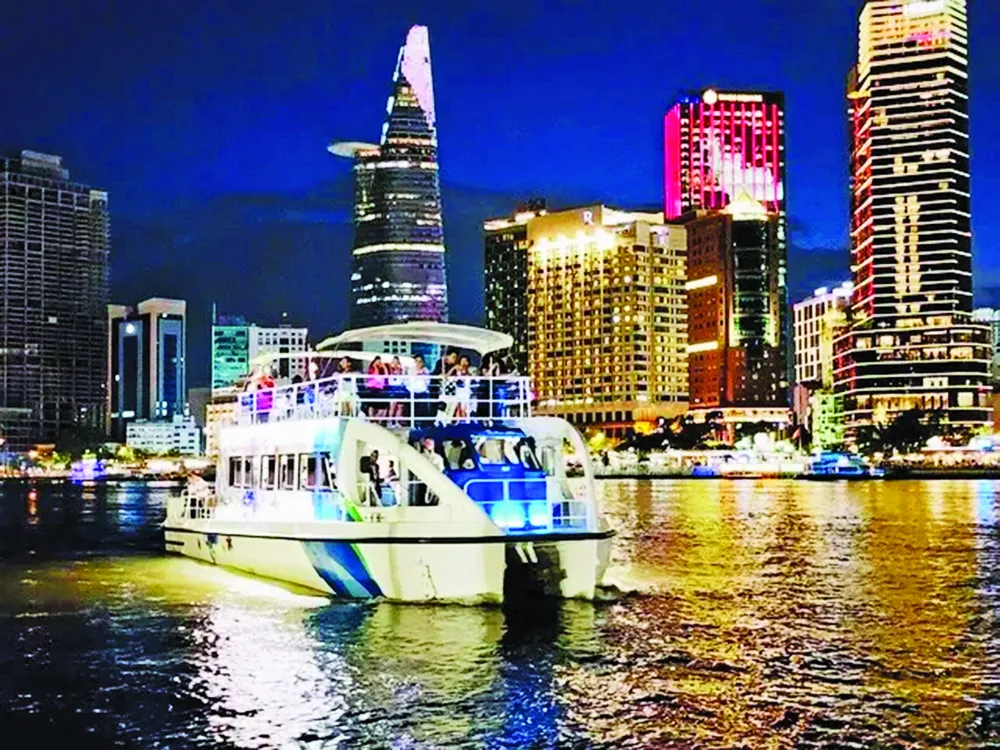
The tourist route to District 7 also attracts many businesses to participate, such as the marina of the Evergreen project (Phu My ward, District 7); Ngoi Sao Viet wharf (Tan Phong ward, District 7); Nam Sai Gon wharf. The inner-city tourist route on the Nhieu Loc - Thi Nghe canal with 25 watercrafts with a capacity of 7-40 people, the average passenger flow at each wharf is 1,000/month...
Next, the route to Cu Chi with the main destination being the Cu Chi tunnel historical site, the garden eco-tourism areas along the Saigon River and combining with visiting some more places in Binh Duong , Tay Ninh...
In addition, Ho Chi Minh City has 72 tourist boats and canoes, 6 high-speed passenger boats, 4 water buses, operating an average of 50 river buses per day with 2,500 passengers, mainly tourists; along with routes to the West, through Cambodia.
Although the statistics seem to be bustling and abundant, water transport is being complained by many businesses operating it. Mr. Nguyen Kim Toan, Director of Thuong Nhat Company Limited, the unit operating river bus route No. 1, said that many passengers experiencing this bus route are not satisfied because the number of stops and parking lots is too small. This limits people's trade between water and road, especially when combining sightseeing and tourism along the journey.
Specifically, the design of river bus route No. 1, the journey from Bach Dang wharf (District 1) to Thu Duc City has 9 stations, but currently there are only 4 stops, the remaining stations have not been approved for planning, land has not been allocated to investors for implementation...
Mr. An Son Lam, owner of the Indochina sailing team, shared that the closure of Bach Dang wharf and some wharfs in District 4 indirectly pushed businesses into a situation where they had to sell their vehicles.
Meanwhile, according to Mr. Phan Xuan Anh, Director of Saigon Boat Company, a company operating inland waterways for tourism, the city currently has rivers and boats but no docks and lacks accompanying infrastructure. This is a bottleneck for the development of the waterway economy.
Should be flexible in granting port licenses
Regarding the lack of water ports, according to the leader of the Ho Chi Minh City Department of Construction, in recent years, water transport and tourism activities in the city have formed types such as passenger transport and tourism by high-speed boat on fixed routes; passenger transport and tourism by contract; and passenger transport across rivers.
Notably, tourist transport by sea has also developed strongly, serving international tourists from countries around the world to visit Vietnam.
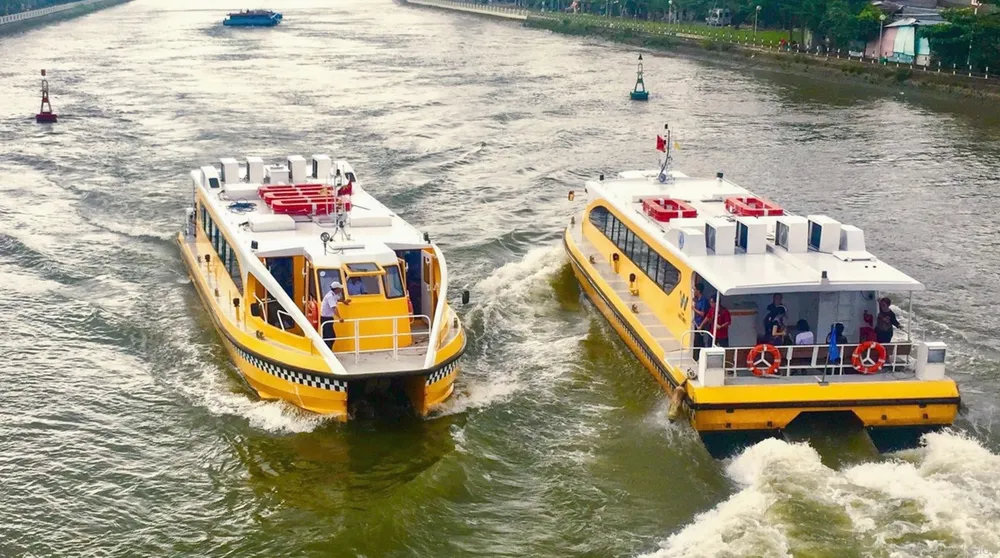
Deputy Director of the Ho Chi Minh City Department of Construction Bui Hoa An informed that the city has many waterways located right in the center, so it is very convenient for transporting passengers and tourists by waterway such as: Saigon River, Te Canal, Doi Canal, Tau Hu Canal, Nhieu Loc - Thi Nghe Canal...
In addition, international passenger ships (cruise ships) with a large number of tourists can enter the city center at Nha Rong - Khanh Hoi port area... without having to transfer, contributing to reducing pressure on road traffic, increasing the time for guests to stay in the city center.
Therefore, the biggest difficulty in developing waterway transport should be prioritized to be resolved. Accordingly, the Law on Inland Waterway Traffic requires inland waterway ports to be consistent with sectoral planning and other planning, but because there is no sectoral planning, it must be based on the city's zoning plan. In fact, zoning plans also depend on the approval of functional departments and local authorities...
Another problem that needs to be mentioned is that the land fund used to invest in the construction of ports, wharves, and technical logistics services for passenger and tourist transport is still limited; there is no mechanism for land allocation and lease to invest in the construction of inland waterway wharves and related auxiliary works to serve the development of passenger transport, combined with tourism by waterway.
Up to now, the city has approved the locations of 411 inland waterway ports in Thu Duc City and districts; localities are updating these locations in the zoning plan.
However, businesses still hope the city will soon complete the planning of the wharf to create momentum for investment and exploitation of waterway transport and tourism development.
Source: https://www.sggp.org.vn/ben-thuy-noi-dia-cho-quy-hoach-post797547.html







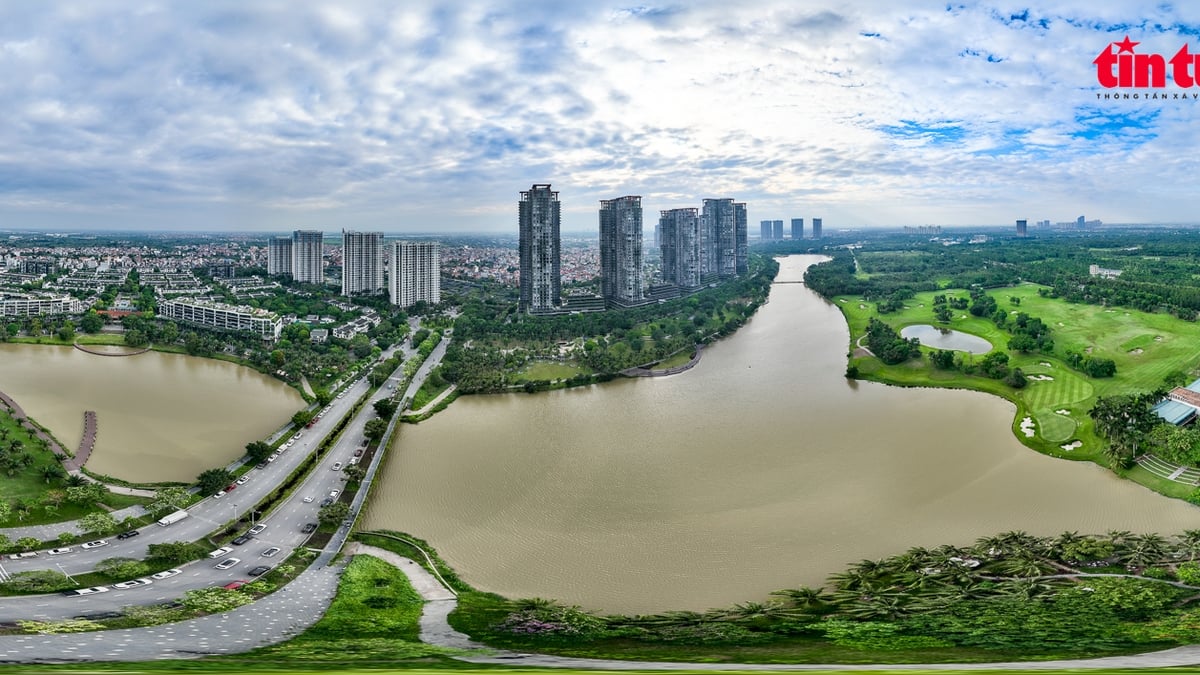


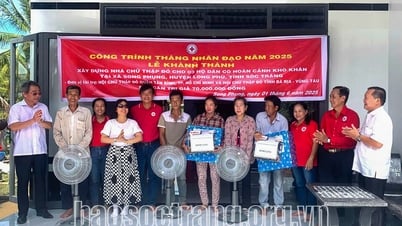



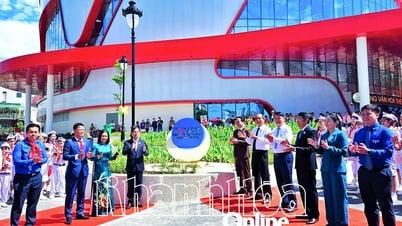

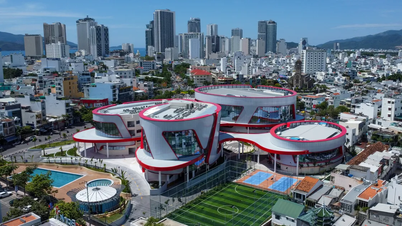
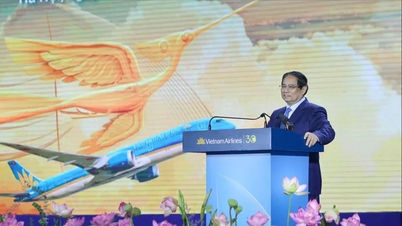




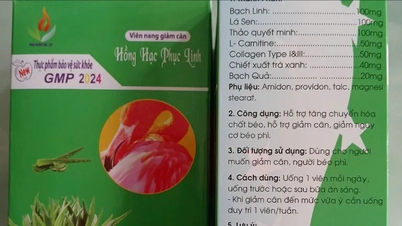


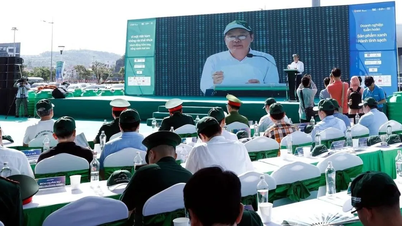
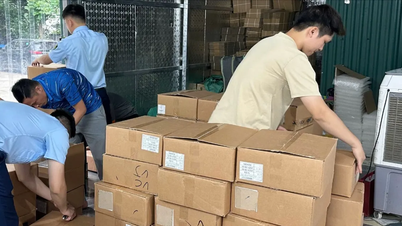

































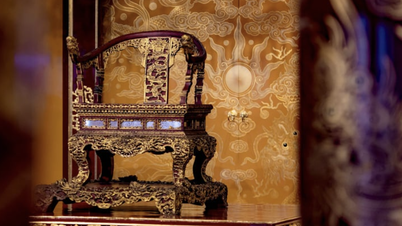

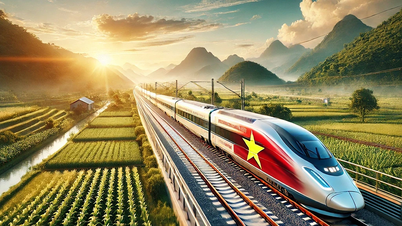
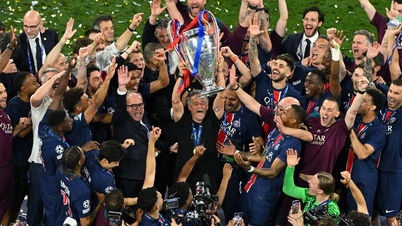
























Comment (0)